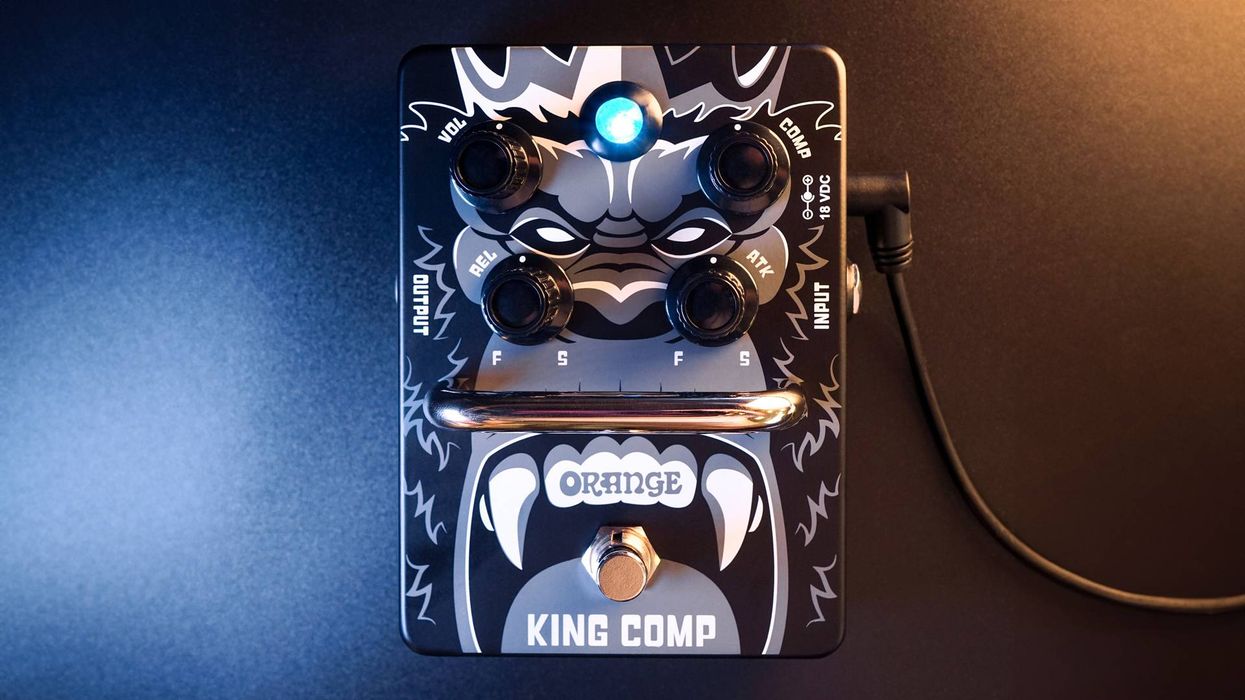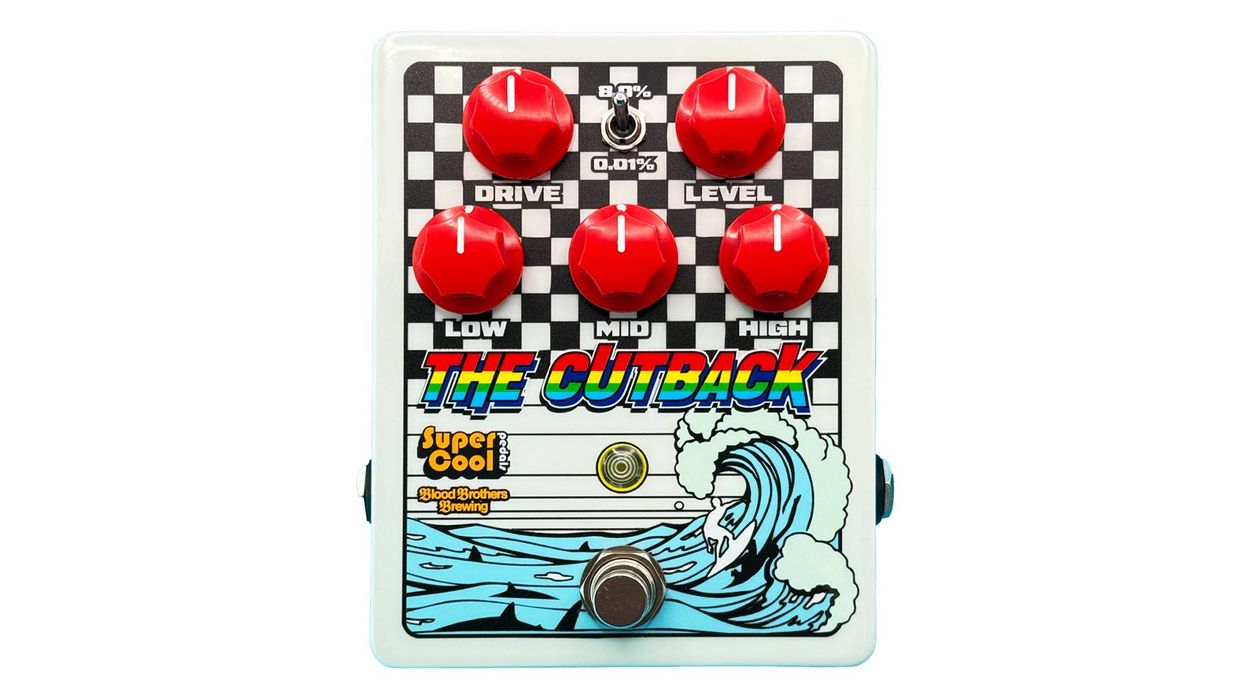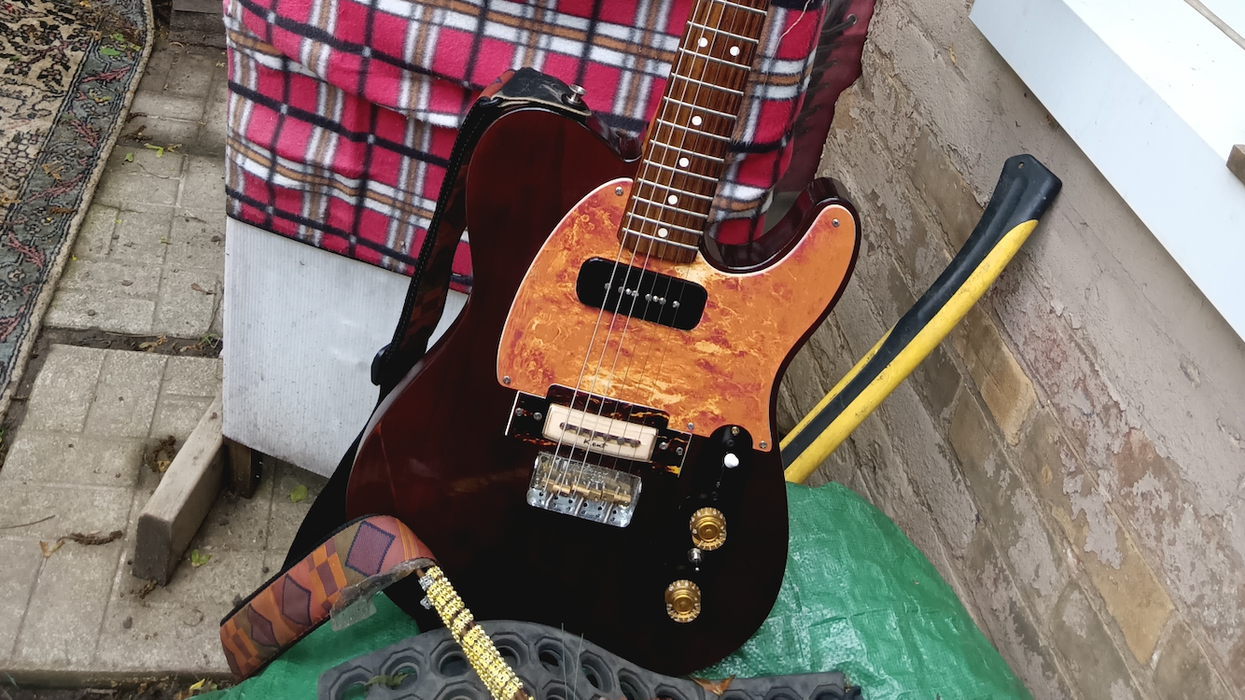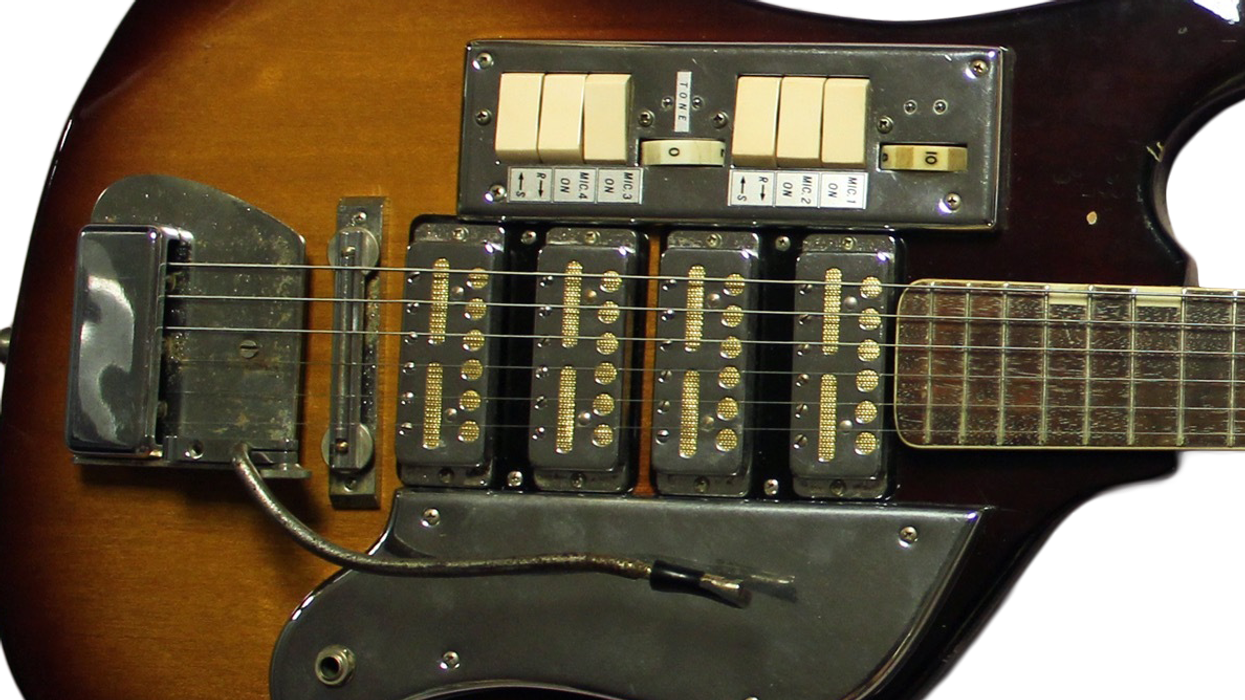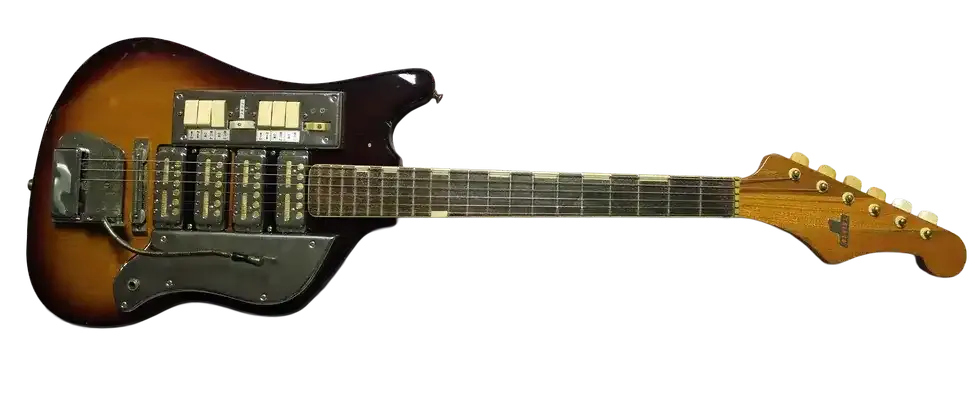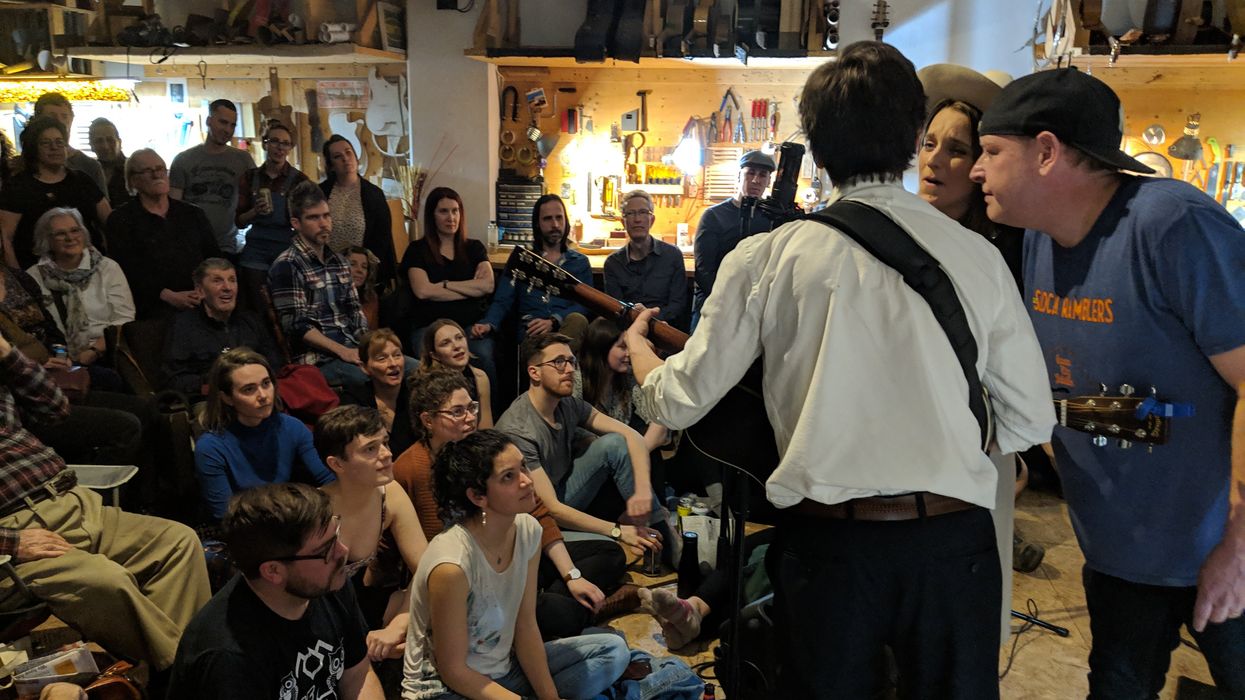One of the most overlooked design considerations of electric guitar construction is the angle (aka incline) of the neck in relation to the body. This angle is typically called “pitch" (not to be confused with the frequency of notes) and is expressed in degrees. And despite its quiet existence on every one of your guitars, it's a technical feature that drives many aspects of an instrument's design.
To visualize neck pitch, think of an upright bass. This instrument—along with the cello, violin, and viola—has an extreme and obvious neck angle that puts the strings' contact point on the bridge high above the body. The result is a large amount of downward pressure on the bridge, and therefore the instrument's top. (Think of it like an archer drawing an arrow back on his or her bow.) Builders discovered centuries ago that the downward pressure increased vibration transfer and enhanced volume and tone. To a degree, early guitar-like instruments followed this discipline for the exact same reasons it's used on orchestral instruments.
In the 1930s, electric pickups began appearing on guitars to take advantage of developments in electronic amplification. On guitars with lots of neck pitch, designers had to fashion ways to mount the pickups near the strings, especially as the addition of a “bridge pickup" became common. The size of the pickup sometimes required a hole to be routed in the guitar's top if the strings were too close to the body. On a solid guitar with 3 to 5 degrees of neck pitch, the strings pass over the pickup's face at an angle—closer at the neck side than the bridge side. Beveling the plastic surrounds used to mount humbuckers mitigated this. So, you can see that this pitch thing is already affecting other parts of the instrument.
As electric guitars began to be commoditized in the late '40s and early '50s, builders like Fender and Rickenbacker sought to streamline their production process in any way possible. One way to save money was to eliminate the angled-neck feature, which was time consuming—and therefore expensive—to execute. To gain clearance for pickups and bridge height, Rickenbacker raised the entire neck (while still parallel to the body), whereas Fender chose to bury the pickups and design a low-slung bridge.
and not with others.
The two companies also came up with different strategies for increasing the downward pressure at the bridge. In an inspired move, Fender sent the string ends downward through the body, whereas Rickenbacker inserted the bridge base into the body and later adopted a large trench rout that put the tailpiece lower than the bridge. In both of these cases, the remedy to one problem created a design paradigm that still exists today. Believe me when I say that it's easier to hog out more wood than to construct a complex, angled neck joint—which is why so many builders do it.
Another side effect of pronounced neck pitch is the floating pickguards seen initially on archtop jazz guitars, and later on solidbodies like the Les Paul, referred to as “finger rests." (This is presumably because guitars are plucked with the hand rather than bowed, and these add-on parts provided a raised platform for the fingers.) Similarly, pickguards are present on solid instruments with little or no neck pitch, as they are a clever way to hide routing and provide mounting for switches, volume controls, and pickups. That also can eliminate back routing completely, since everything goes on the front. Remember that pickup-angle problem? Without pitch, as seen on Fenders and Rickenbackers (not to mention the majority of all guitars mass-produced today), the issue of angling pickups is eliminated. This also reduces the steps needed to build the guitar.
The height of the strings off the body is something we all sense consciously or unconsciously, and it can affect the way we attack the guitar, be it with a flatpick or fingers. The neck's pitch angle also alters the relative position of our two hands ever so slightly. And this small difference can make one guitar feel more comfortable than another. As much as we'd all like to shop for an instrument based primarily on tone, shape, wood selection, or color, the geometry of construction has a big impact on why we bond with some guitars and not with others. I've met players who obsess over the top-wrapping tailpiece debate, yet never consider (or recognize) neck angle.
Remember: How much angle a builder specifies has a lot to do with how a guitar feels to a player, so pay attention to which types of design philosophies create the right playing synchronicity for you. It can be just as or more important than those hardware or finish considerations.
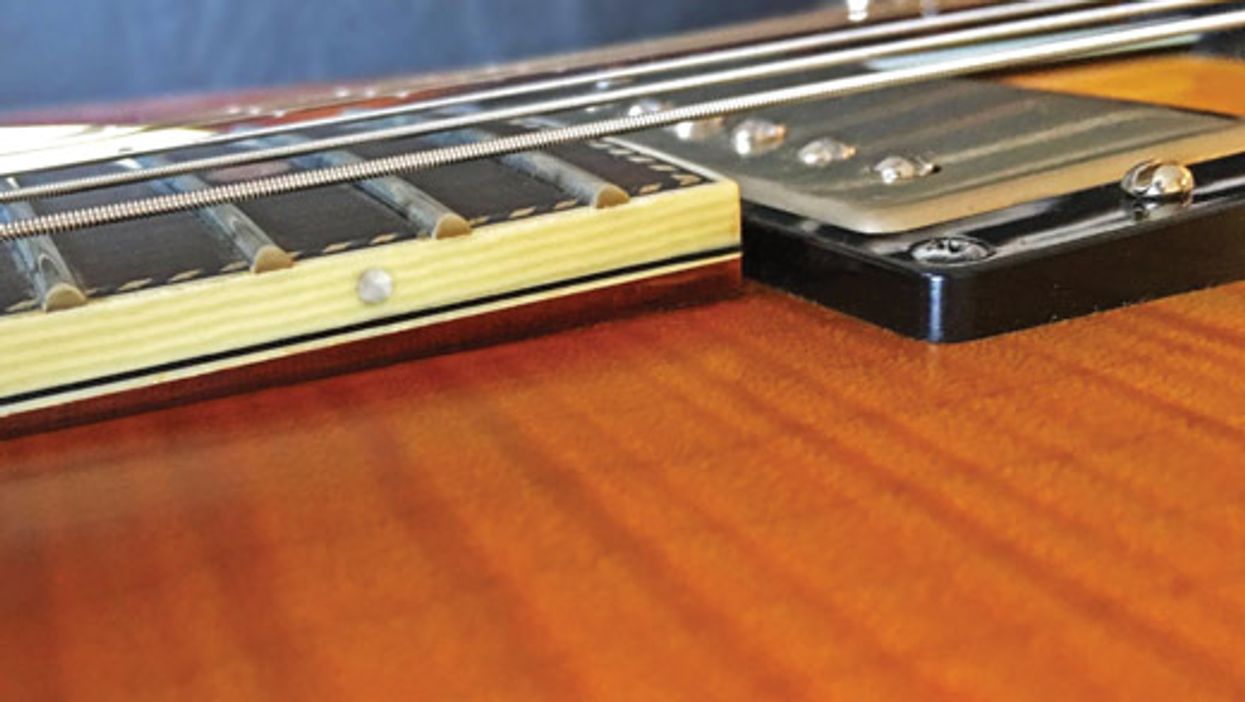

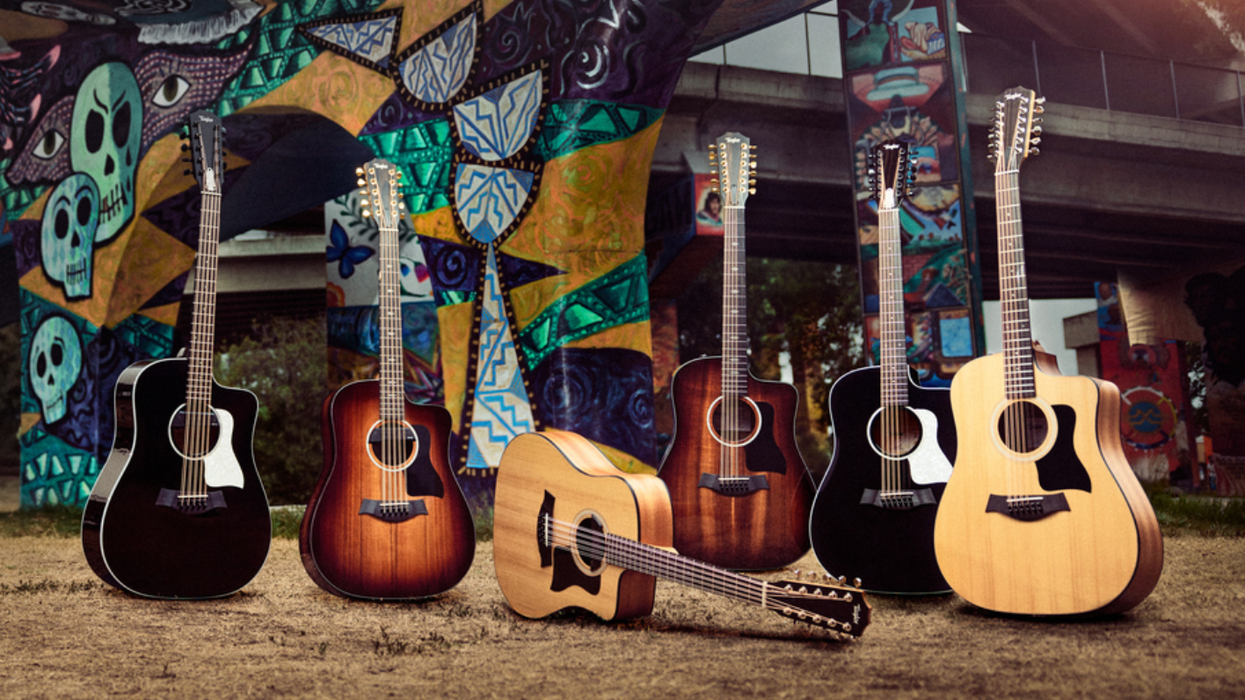
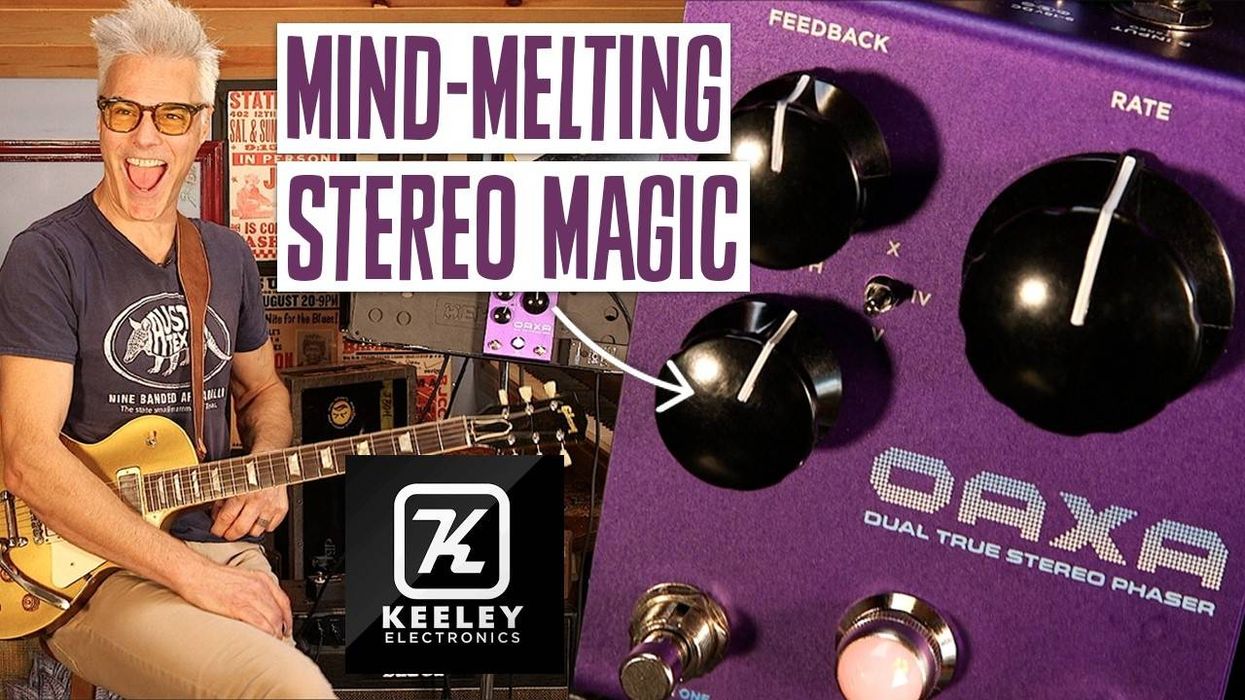

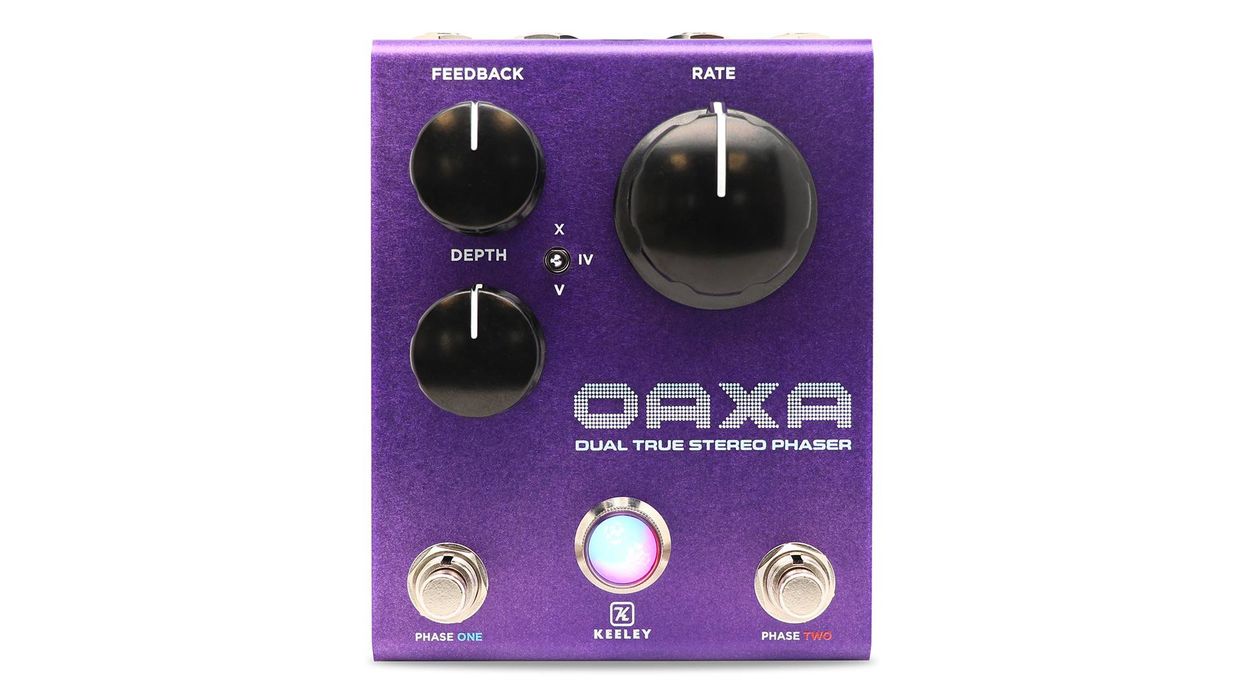


![Devon Eisenbarger [Katy Perry] Rig Rundown](https://www.premierguitar.com/media-library/youtube.jpg?id=61774583&width=1245&height=700&quality=70&coordinates=0%2C0%2C0%2C0)
